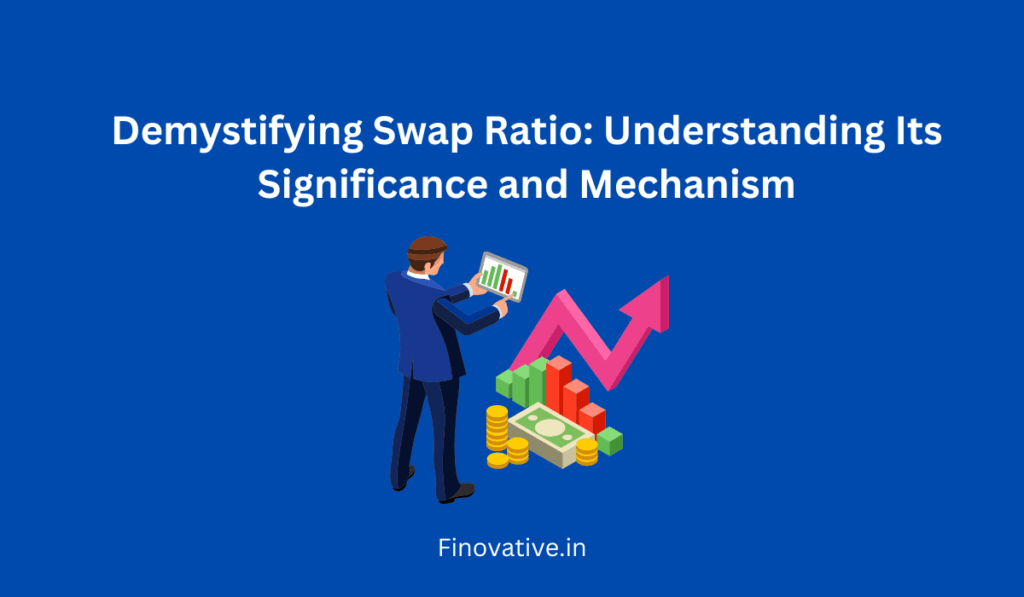In mergers, acquisitions, and corporate restructuring, terms like “swap ratio” often come into play. If you’re unfamiliar with this concept, fear not! In this article, we’ll unravel the mystery of the swap ratio, explain its importance, and answer frequently asked questions surrounding its mechanics.
Understanding Swap Ratio
What is Swap Ratio?
The swap ratio, or exchange ratio, is a critical factor in mergers and acquisitions (M&A) involving the exchange of shares between two companies. It determines the proportion at which the acquiring company’s shareholders receive the shares of the target company in exchange for their own shares.
Why is Swap Ratio Important?
The swap ratio is crucial as it dictates the ownership structure of the merged entity. It directly impacts the value and distribution of shares among the shareholders of both companies, influencing their stake in the new entity.
How Does Swap Ratio Work?
Calculating the swap ratio involves carefully assessing various factors, including the companies’ valuations, financial performance, assets, liabilities, and market conditions. Typically, the ratio is expressed as a fraction or a ratio, such as 1:2, implying that shareholders of the acquiring company receive 1 share of the target company for every 2 shares they hold in the acquiring company.
Factors Influencing Swap Ratio
Valuation:
The valuation of both companies plays a pivotal role. Companies with higher valuations might command a larger portion of the merged entity.
Financial Performance:
Each company’s financial health and profitability can impact its bargaining power in determining the ratio.
Synergies:
Potential synergies resulting from the merger can also affect the ratio. If the combined entity is expected to create significant value, shareholders might accept a lower ratio.
Market Conditions:
Prevailing market conditions and industry trends can influence the final ratio. Fluctuations in stock prices and market sentiment can impact negotiations.
FAQs About Swap Ratio
1. What if I disagree with the swap ratio?
Shareholders who disagree with the swap ratio can vote against the merger during shareholder meetings. However, the ultimate decision rests with the majority of shareholders.
2. Can the swap ratio change after it’s announced?
Yes, the swap ratio can change if significant developments affect the companies’ valuations or financial performance. Shareholders’ approval is often required for substantial changes.
3. How is the swap ratio communicated to shareholders?
The swap ratio is communicated through official regulatory filings, press releases, and shareholder meetings. Companies need to ensure transparency and provide detailed explanations to shareholders.
4. What if the swap ratio doesn’t seem fair to me?
It’s essential to carefully evaluate the rationale behind the swap ratio and seek advice from financial experts if needed. If you believe the ratio isn’t fair, consider participating in shareholder discussions to voice your concerns.
Conclusion
The swap ratio is a fundamental aspect of mergers and acquisitions, shaping the ownership dynamics of the merged entity. It results from intricate calculations based on valuations, financial performance, and other factors. Understanding how the swap ratio works empowers shareholders to make informed decisions and discuss the merger terms. Always remember that seeking professional advice can clarify and guide you through this complex process.


